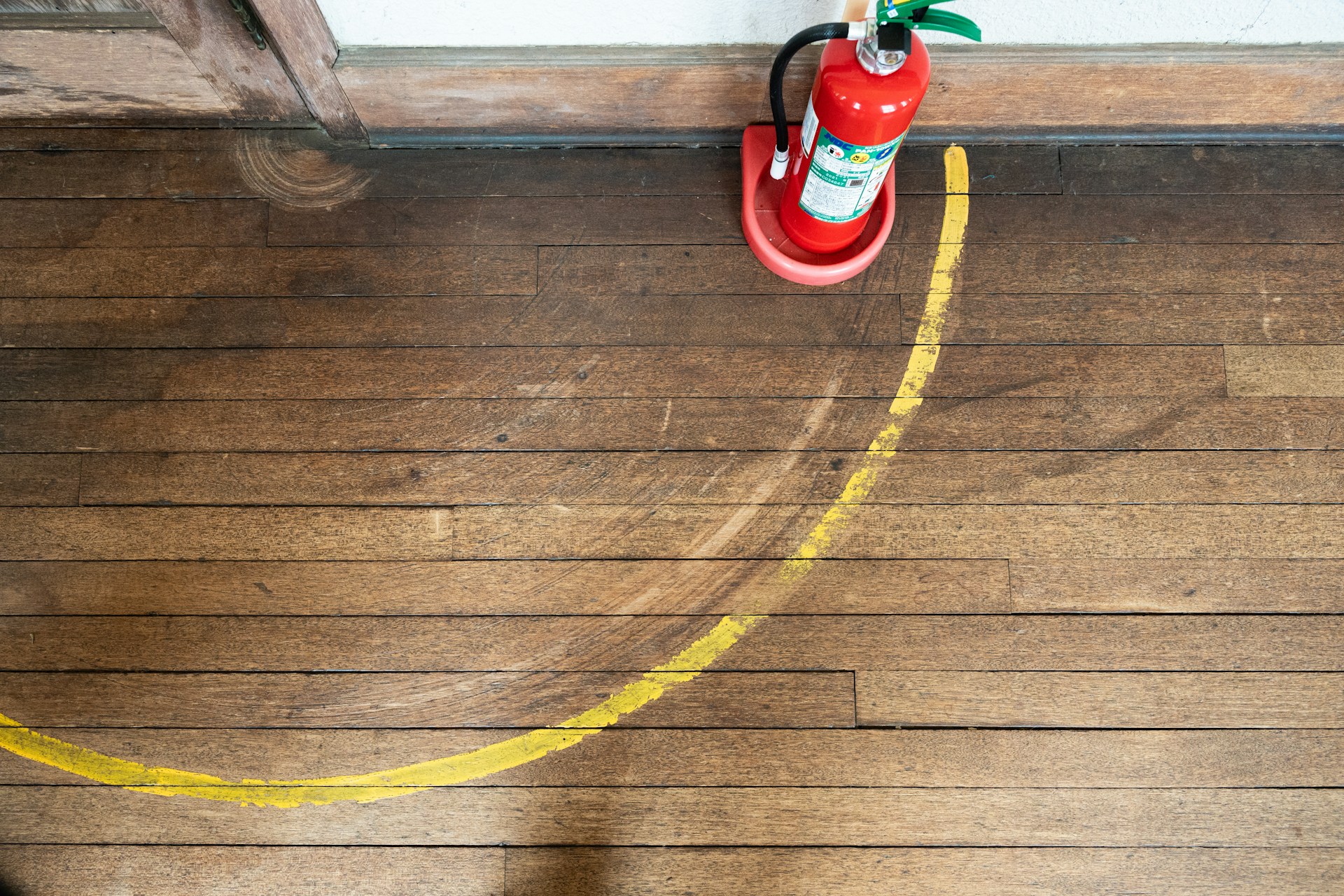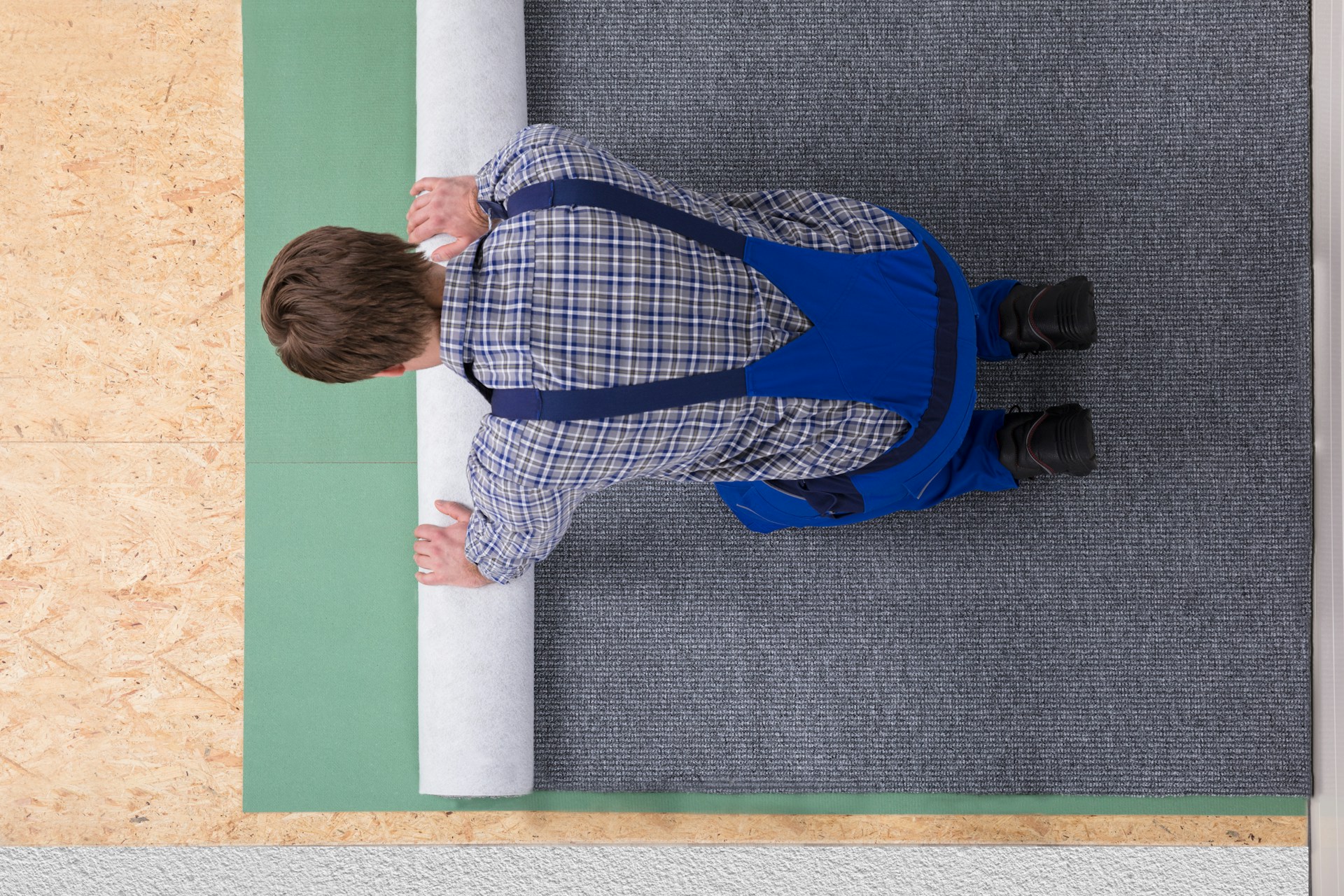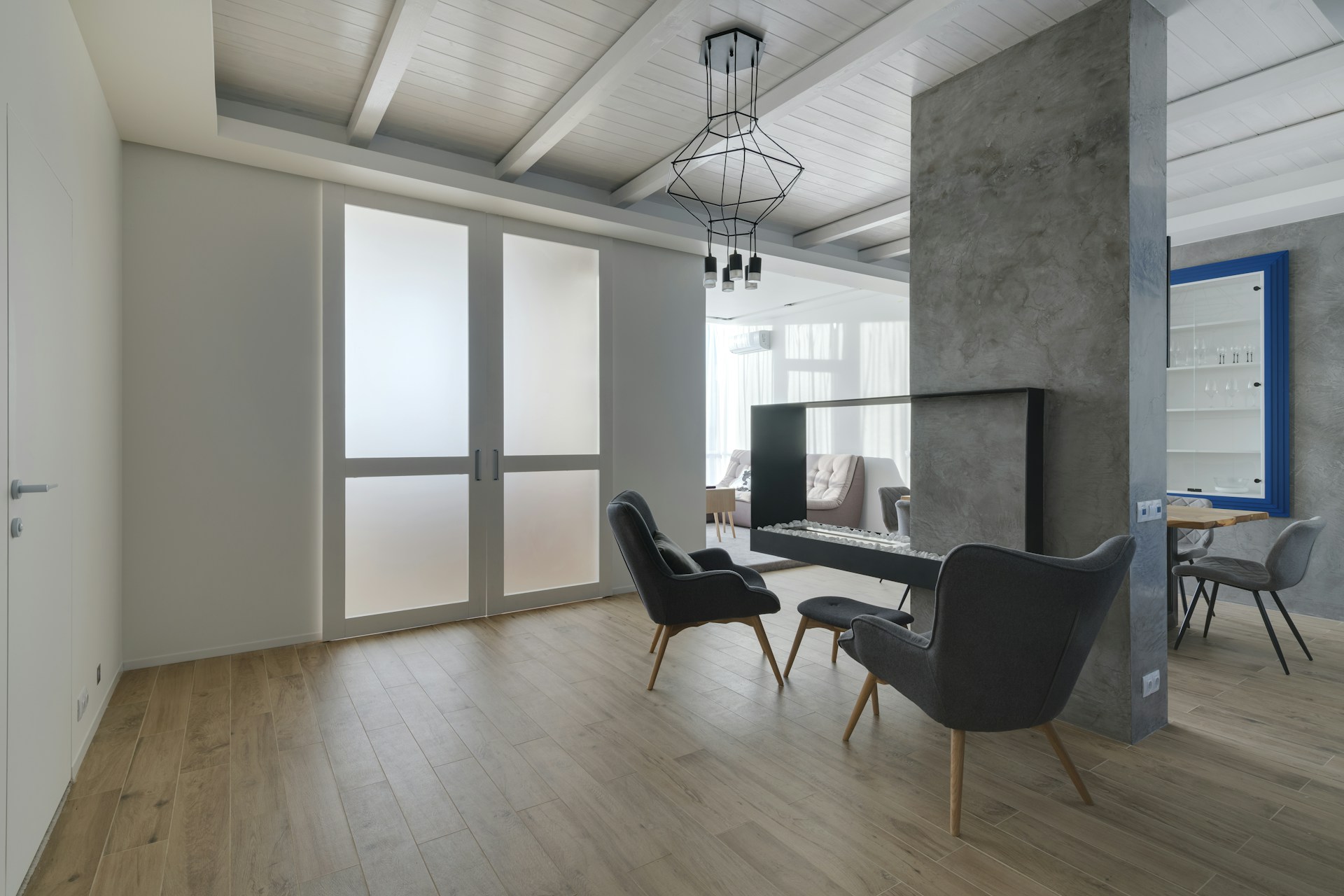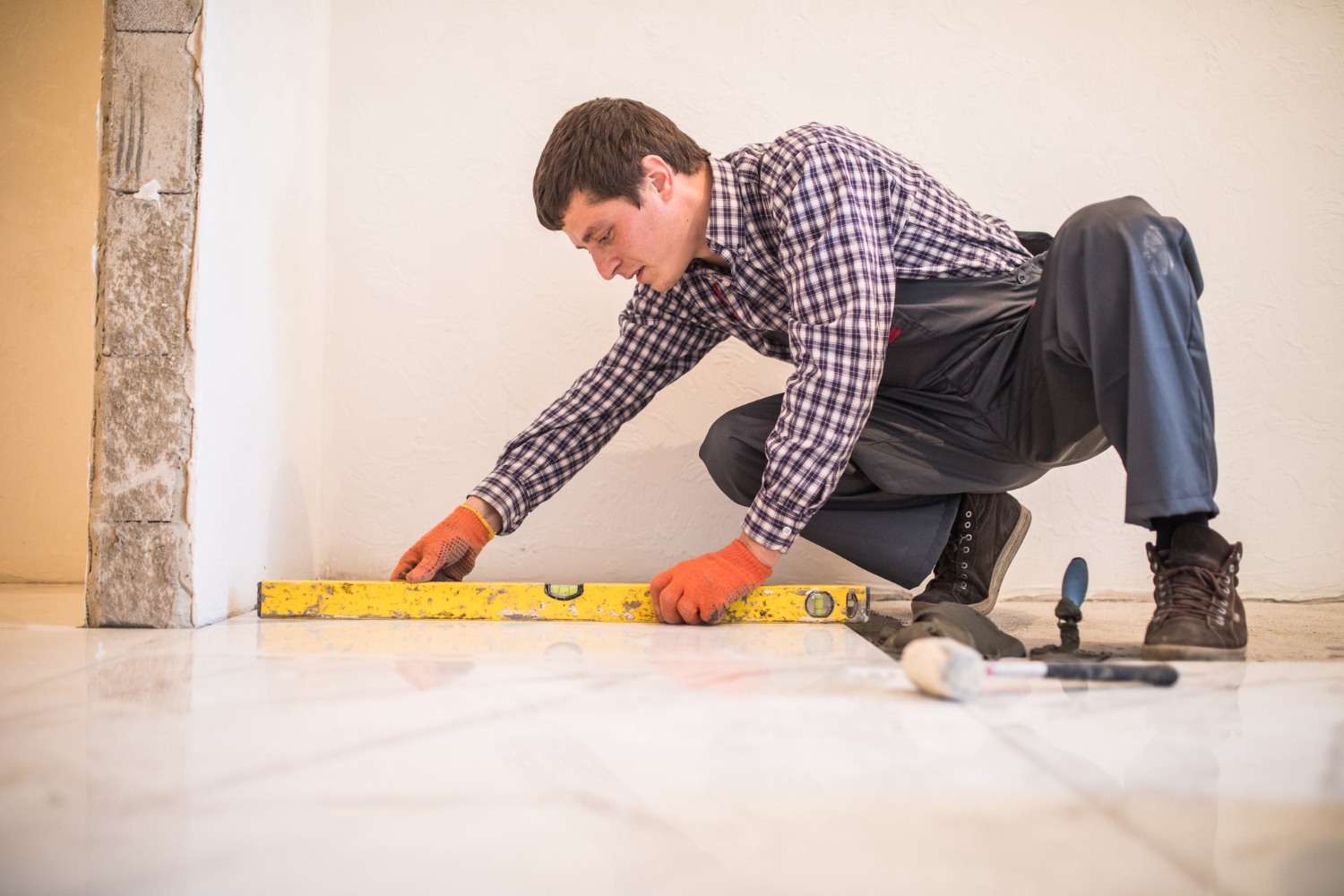It’s frustrating how something as small as a shoe drag or a chair leg can leave behind stubborn scuff marks on your hardwood floors. These black or grey streaks might not look like much at first, but over time, they can really take away from the clean, polished look you want in your space. Even with regular sweeping and cleaning, some scuffs just don’t lift as easily as you’d expect.
Hardwood floors are a big part of the home’s overall feel. When they’re clean and well-kept, they add warmth and style. But when scuff marks start to pile up, it gives the space a neglected feel, even when everything else is tidy. It’s not just about looks, either. Leaving marks unchecked for too long can make them harder to remove and may even wear down the finish in those areas.
Identifying Stubborn Scuff Marks
Scuff marks show up in certain spots more than others. Knowing where to look can help you stay ahead of them before they become set-in blemishes. These common trouble zones include:
- Entryways, where people often kick off their shoes or slide them across the floor
- Around dining tables and kitchen chairs, thanks to the frequent dragging of furniture
- Hallways and transition areas between rooms where traffic is steady
- Areas near pet dishes or toy zones, especially if your dog or cat is energetic
The marks themselves can come from several everyday activities and items. The most common offenders include:
1. Rubber-soled shoes, especially black ones, which can leave those classic dark streaks on lighter wood tones
2. Rugs with poorly cushioned backings or furniture sliders that wear down over time
3. Pet claws, more from scrambling or sudden movement than regular walking
4. Furniture legs without protective pads that scrape over surfaces
An easy way to check if you’re dealing with a scuff or a deeper scratch is to run a soft cloth over the mark. If it smudges or lightens up with rubbing, it’s likely a scuff. Scratches tend to catch the cloth slightly or stay in place no matter how much rubbing you do. Scuff marks usually affect the surface coating and not the wood itself, which makes them easier to deal with when caught early.
DIY Steps to Minimize Scuff Marks
While deeper wear and long-term damage should be handled professionally, minor scuff marks may lift with a few gentle cleaning tricks. If you’re trying to keep things tidy between professional visits, here are three light methods some people use for surface touch-ups. These can offer short-term relief when used with care:
1. Vinegar and Water Mix: Combine equal parts warm water and white vinegar. Dampen a soft cloth or sponge (not soaked) and gently rub the affected area in a circular motion. This works best on newer scuff marks.
2. Baking Soda Paste: Mix a teaspoon of baking soda with a few drops of water until it forms a paste. Apply it directly to the mark using a soft cloth, then wipe it off with a separate clean, damp cloth before drying the area completely.
3. Tennis Ball Trick: You can use the rubber texture of a clean tennis ball to buff out scuffs. Cut a small X in the ball, insert a long stick or broom handle, and gently rub the floor using the bottom of the ball. This is especially helpful for shoe marks near entryways.
These solutions might help blend or reduce the mark’s visibility, but they don’t always remove the problem fully. Some scuffs go beyond surface-level and start affecting the finish, making it difficult to fix without reworking that part of the floor. When these quick attempts fall short, it might be time for a more permanent and effective solution. Hardwood buffing and coating can bring more than just temporary relief. It can restore the look and feel of your floors completely.
When to Consider Professional Hardwood Buffing and Coating
Sometimes a scuff mark is more than just a surface smudge. While quick cleaning methods might help with light streaks, they won’t do much if the mark has worn through the top layer of finish. Over time, repeated movement in the same spots can dull the protective coat and even expose the wood underneath. Once it’s at that stage, no cloth or home trick will restore the shine or smoothness.
This is where professional hardwood buffing and coating steps in. Buffing removes the surface layer of finish that’s been worn down by scuffs, small scratches, or dirt buildup. It’s then followed by a fresh finishing coat, which helps seal the floor and bring back that even, polished look. This process doesn’t just make the floors look better. It also adds a layer of protection, making future scuffs easier to wipe away.
Some people hesitate to go this route because they think it’s too much for minor damage. But early action can save you from needing a full refinishing project later. If the floor still has some shine but is starting to look cloudy in spots, that’s a good sign that buffing and coating could do the trick. It’s a practical fix, especially in high-traffic homes with kids, pets, or areas where furniture gets moved often. For homeowners in Toronto and across Southern Ontario, it’s worth considering this service before signs of wear get worse.
Preventive Measures to Keep Floors Mark-Free
Good habits go a long way when it comes to keeping floors clean and free of marks. You don’t have to change your whole routine. A few small changes can help avoid scuffs from becoming a daily issue. These tips are simple, yet they add real value over time:
- Place soft pads under chair and table legs, especially in rooms where furniture gets moved often
- Use rugs in entryways and under dining tables to reduce wear in high-contact areas
- Keep indoor shoes separate from outdoor ones to limit tracked-in debris like gravel or tiny stones
- Make it a habit to sweep every few days and use a damp mop with a cleaner that’s safe for hardwood
- Avoid using harsh chemicals that can weaken the surface finish and make scuffs harder to remove
- Trim your pet’s nails regularly to lessen the impact of those unexpected zoomies through the house
- Talk with family members or housemates about moving furniture carefully and lifting instead of dragging
These steps won’t stop every mark from showing up, but they do create a cleaner, more predictable space. Keeping floors clear of random debris also helps. Even that tiny rock stuck under someone’s shoe has the potential to leave behind an unwanted scuff.
Why Fixing Scuff Marks Early Matters
Scuff marks aren’t always a sign of carelessness or poor upkeep. Sometimes, they’re just part of life in a busy household. But catching them early and using the right treatments makes a noticeable difference. Whether it’s making a few changes in how you care for the floors or booking a professional buffing and coating, these steps help protect the finish and maintain a polished look.
For homeowners across Toronto and Southern Ontario, staying ahead of visible wear keeps your home feeling fresh and clean. A well-kept hardwood floor adds character and comfort to your space. While some wear is normal, you don’t have to let scuffs take over the look of your home. Keeping an eye out and acting early goes a long way.
Don’t let stubborn scuff marks dull the elegance of your hardwood floors any longer. Trust the experts at NewRidge Refinishing Group to deliver exceptional results with our professional floor refinishing services. Our team is dedicated to revitalizing your floors, restoring their natural beauty, and adding a lasting layer of protection. Experience the difference of a truly polished finish and reinvigorate your home today.







